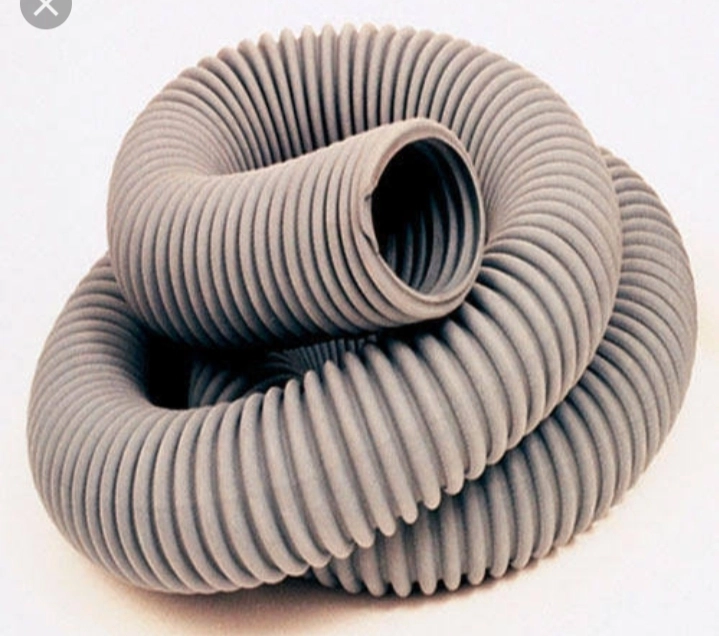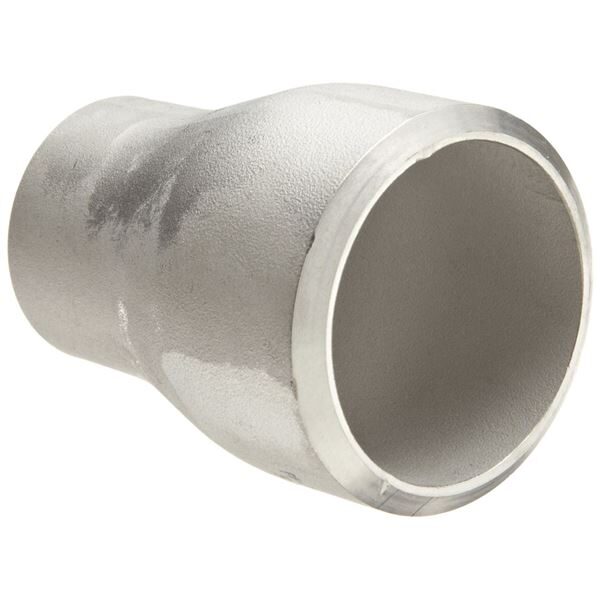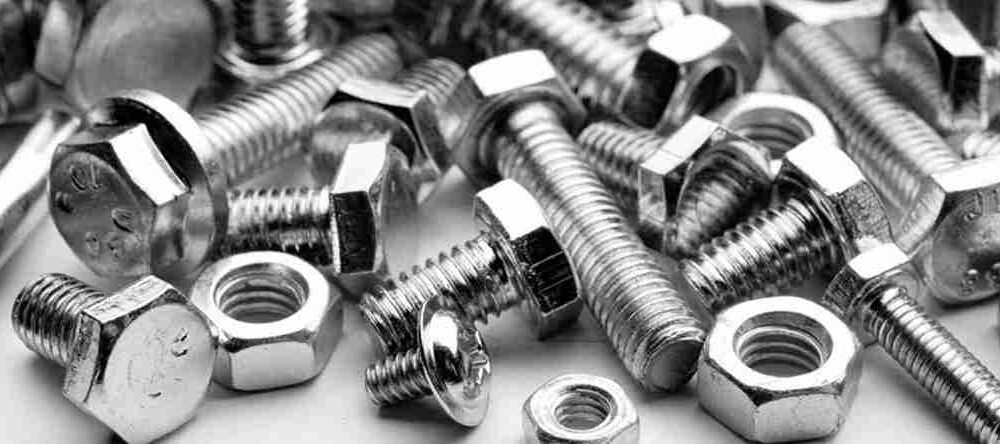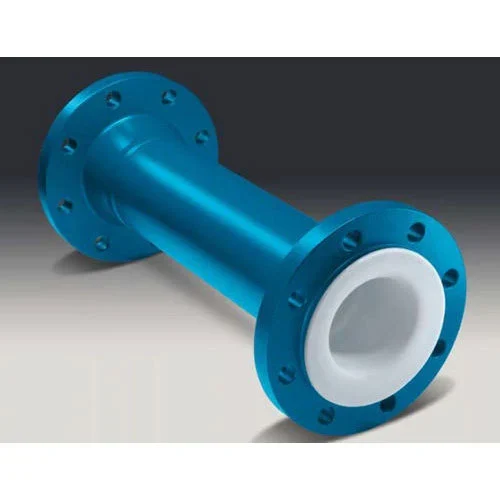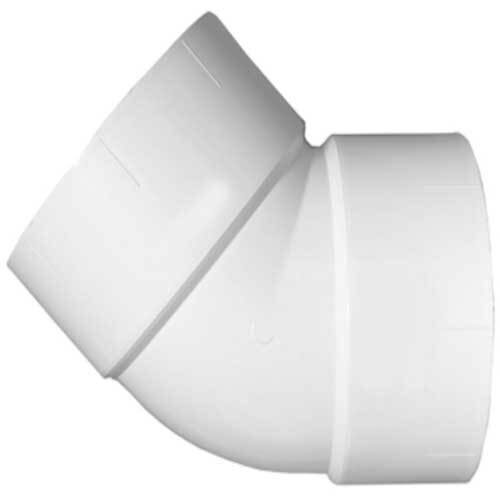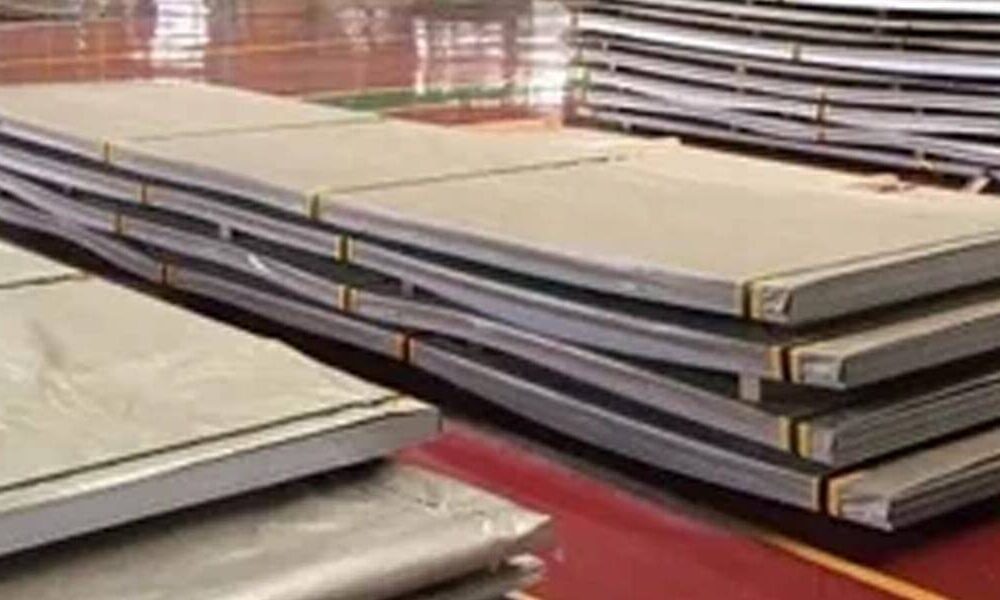Description
A flexible hose pipe is a type of pipe that is designed to be bendable and adaptable to different shapes and configurations. It is commonly used in plumbing, heating, ventilation, and air conditioning systems, as well as in industrial and commercial applications.
Flexible hose pipes are typically made of a combination of materials, including a flexible inner tube, an outer braided layer for strength, and end fittings to attach to other piping or equipment. The inner tube can be made of a variety of materials, including rubber, PVC, or stainless steel, depending on the specific application and the type of fluid or gas being transported.
Flexible hose pipes are used in applications where there is a need for flexibility, such as when connecting two fixed pipes that are at different angles or when there is vibration or movement in the system. They are also used in applications where a fixed pipe would be difficult or impossible to install, such as in tight spaces or around obstacles.
Flexible hose pipes come in a range of sizes, lengths, and configurations to meet different requirements, and can be found in various grades and materials suitable for different environments and applications. When selecting a flexible hose pipe, it is important to consider factors such as the temperature and pressure of the fluid or gas being transported, as well as the environment in which the hose will be used.

